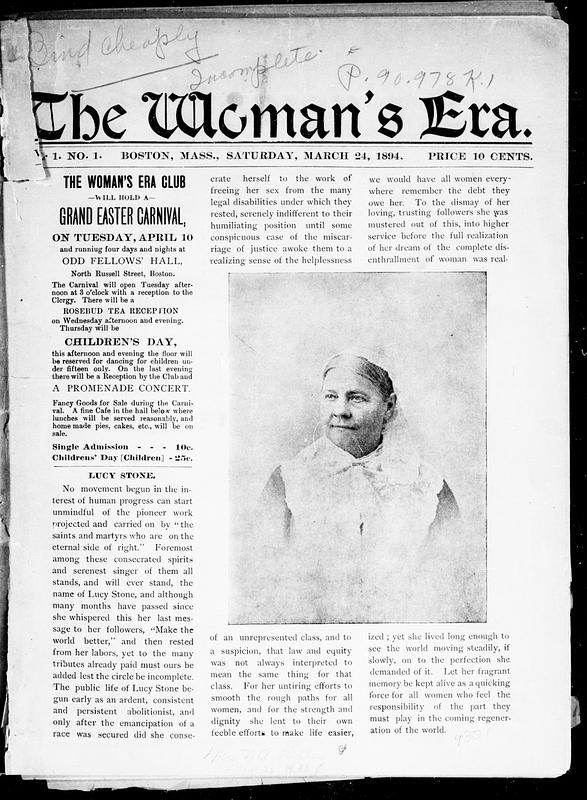Category: BPL Partnership
DC3 Repository System: An Overview
In order to better support the ever-growing collections of digitized content from Digital Commonwealth member institutions, developers in the Boston Public Library’s Digital Services team have been building the next generation of the library’s digital asset management system. This new system, built entirely on open-source software, uses cloud storage for file management, allowing the repository

Newspaper Digitization at Boston Public Library
It will come as no surprise that there is widespread, urgent demand from institutions across the state to digitize historical newspapers, especially local titles that provide invaluable local coverage of daily history and titles with underrepresented perspectives and histories. There is an incredible amount of important material in need of access and preservation, and making
Boston Public Library Digitizing Cultural Treasures
Wonderful feature on NECN about the Boston Public Library and the Digital Commonwealth! Tom Blake, the Digital Projects Manager at the BPL and David Leonard, Interim President and Director of Administration and Technology, did a wonderful job describing the project, with well-chosen examples showing the digitization process, the Digital Commonwealth site, and some examples of

